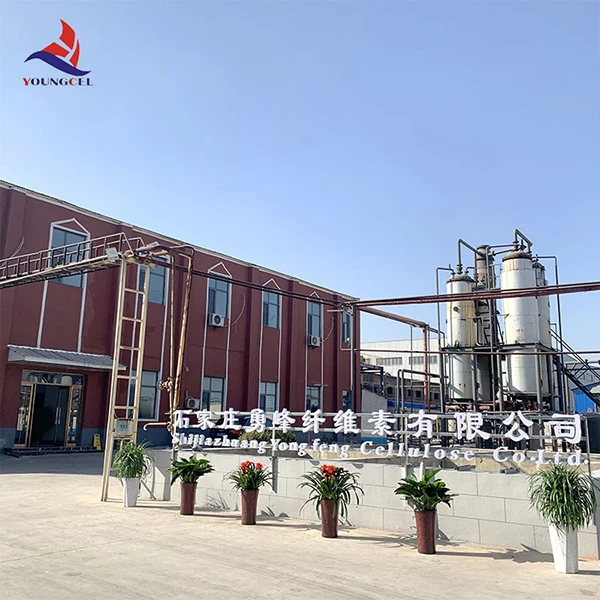Chemicals Used in Paints A Comprehensive Overview
Paints have long been an integral part of human civilization, used for decorative purposes, protecting surfaces, and providing functionality. The chemistry behind paint formulations is complex, involving a blend of various chemicals that each serve specific purposes. Understanding these chemicals is crucial for manufacturers, consumers, and professionals in various industries.
Paints typically consist of four primary components pigments, binders, solvents, and additives. Each of these components plays a vital role in the performance and appearance of the final product.
- Pigments Pigments provide color and opacity to paint. They can be organic or inorganic and come in a variety of hues. Common inorganic pigments include titanium dioxide (white), iron oxides (red, yellow, brown), and chromium oxides (green). Organic pigments, derived from carbon compounds, offer vivid colors and transparency but may be less stable than their inorganic counterparts. The choice of pigment affects the paint's durability, UV resistance, and environmental impact.
- Binders Binders, or resins, hold the pigment particles together and ensure adhesion to the surface being painted. The type of binder used determines the paint's finish (e.g., glossy, satin, matte) and its durability. Acrylic, alkyd, and epoxy resins are popular binder options. Acrylics are water-based, known for their quick drying time and flexibility. Alkyds, often oil-based, provide a tough film and excellent adhesion, while epoxies offer superior chemical resistance.
- Solvents Solvents are essential for thinning the paint for application and for maintaining a workable consistency. They evaporate as the paint dries, leaving behind the solid components. Common solvents include water (in water-based paints) and organic solvents like mineral spirits and turpentine (in oil-based paints). The choice of solvent can significantly affect the paint's drying time, viscosity, and environmental impact.
chemicals used in paints

- Additives Additives enhance specific properties of paint and can include anti-foaming agents, preservatives, surfactants, and thickeners. These chemicals are crucial for improving the stability, shelf life, and flow of the paint. For instance, anti-foaming agents prevent the formation of bubbles during mixing and application, while preservatives extend the lifespan of paint by preventing microbial growth.
2. Environmental Considerations
The use of chemicals in paints has raised environmental and health concerns. Volatile organic compounds (VOCs), which are often found in solvents and additives, can contribute to air pollution and pose health risks when inhaled. Regulatory agencies have introduced guidelines to limit VOC levels in paints, leading to the development of low-VOC and zero-VOC formulations. These eco-friendly options are gaining popularity among consumers seeking safer alternatives.
Furthermore, the environmental impact of pigments must also be considered. Some heavy metal-based pigments, such as lead and cadmium, have been banned or regulated due to their toxicity. Manufacturers are now turning to safer alternatives while ensuring that the brightness and coverage of the paint are not compromised.
3. Future Developments
Innovation in paint chemistry continues to evolve, focusing on sustainability and performance. Bio-based and natural paints, made from renewable resources, are emerging as a trend in the industry, offering less toxicity and environmental impact. Additionally, smart paints that change color with temperature or light, and self-cleaning coatings are being developed, showcasing the exciting potential of advanced paint technologies.
In conclusion, the chemistry of paints is marked by a variety of chemicals that contribute to their performance and aesthetic appeal. As awareness of environmental sustainability grows, the industry is adapting to meet consumer demands for safer and more eco-friendly products. Understanding the components and implications of these chemicals is crucial for making informed choices about paint products, whether for home improvement, art, or industrial applications. As we look to the future, the development of innovative and sustainable paint solutions will continue to shape the industry landscape.
-
Rdp Powder: Key Considerations for Wholesalers in the Building Materials IndustryNewsJul.08,2025
-
Key Considerations for Wholesalers: Navigating the World of Hpmc - Based ProductsNewsJul.08,2025
-
Hpmc Detergent: Key Considerations for WholesalersNewsJul.08,2025
-
Key Considerations for Wholesalers: China Hpmc For Tile Adhesive, Coating Additives, Concrete Additives, and MoreNewsJul.08,2025
-
Crucial Considerations for Wholesalers: Navigating the World of Construction MaterialsNewsJul.08,2025
-
Key Considerations for Wholesalers Sourcing Additive For Cement, Additive For Concrete, Additive For Putty from Additive Manufacturer Shijiazhuang Gaocheng District Yongfeng Cellulose Co., Ltd.NewsJul.08,2025




